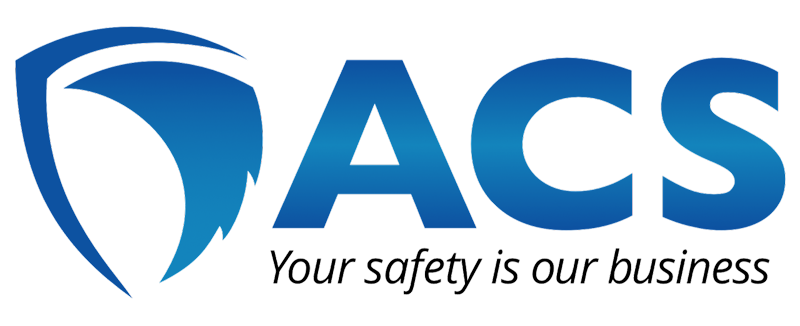Clean Today, Safe Tomorrow: Housekeeping Habits That Prevent Accidents
Safety housekeeping and accident prevention are crucial for maintaining a safe work environment by minimizing hazards and promoting safe work practices. This involves keeping the workplace clean, organized, and free of obstructions, as well as developing good safety habits including using tools and equipment properly.
Benefits of Safety Housekeeping and Accident Prevention:
Reduced Accidents and Injuries: A clean and organized workplace with established safety procedures minimizes the risk of slips, trips, falls, and other workplace accidents.
Increased Productivity: When employees feel safe and comfortable in their work environment, their productivity tends to increase.
Improved Morale: A well-maintained workplace can boost employee morale and create a more positive work environment.
Cost Savings: Fewer accidents and injuries translate to reduced workers' compensation claims and other related costs.
Compliance with Regulations: Good safety housekeeping practices often align with regulatory requirements and industry standards.
Key aspects of safety housekeeping and accident prevention:
Maintaining a Clean and Organized Workspace: Keeping aisles, walkways, and exits clear of obstructions like clutter, materials, and electrical cords is essential.
Proper Waste Disposal: Excess materials and rubbish should be disposed of promptly and safely.
Hazard Identification and Control: Employees should be trained to recognize and address potential hazards, including spills, leaks, and slippery surfaces.
Safe Tool and Equipment Usage: Using the correct tools for the job and maintaining them properly are vital for preventing accidents.
Personal Protective Equipment (PPE): Employees should be equipped with and trained on the use of appropriate PPE for their tasks.
Hazardous Materials Handling: Proper procedures for handling, storing, and disposing of hazardous materials should be in place and followed.
Developing a Safety Attitude: A positive safety attitude, coupled with good work practices, contributes to a safer workplace.
Regular Safety Audits: Routine checks and inspections can help identify and address potential hazards proactively.
Reporting Hazards: Employees should be encouraged to report any hazards they encounter to the appropriate personnel.
Maintaining a clean and organized workspace isn’t just about aesthetics—it’s a proactive step toward preventing accidents and protecting everyone on the job. Don’t wait for an accident to remind you why housekeeping matters. Act today—because a clean space isn’t just safer, it’s smarter. Clean today, stay safe tomorrow.
For more information visit OSHA’s webpage on identifying hazards at https://www.osha.gov/safety-management/hazard-Identification
Have questions? Reach out to the knowledgeable team at ACS for help.

